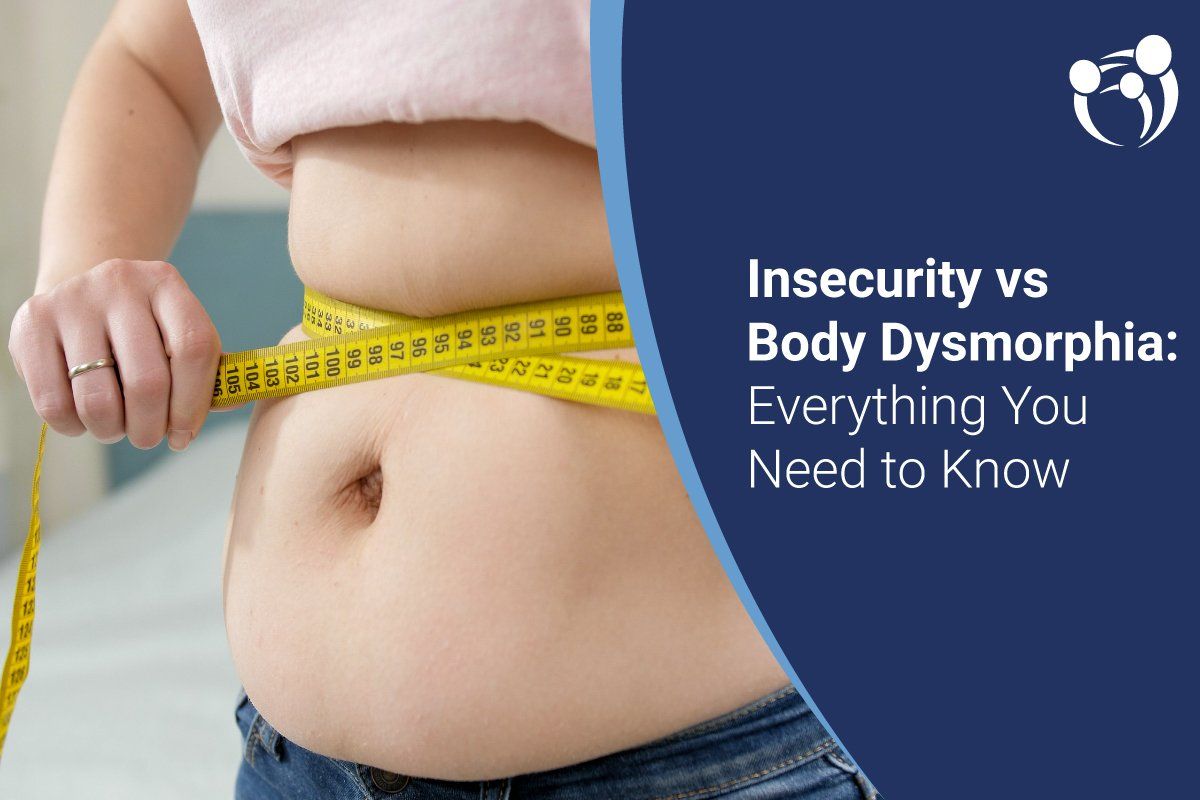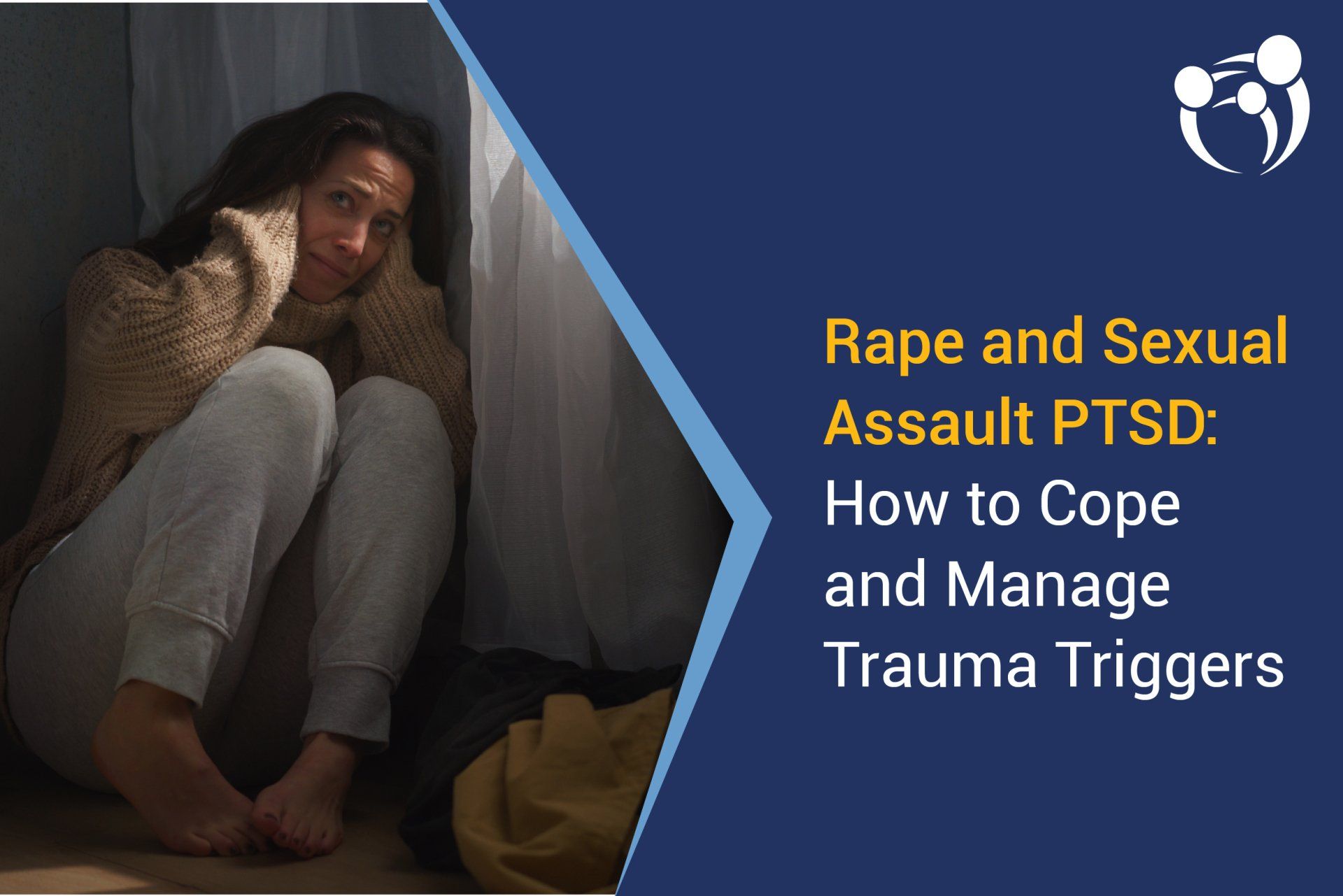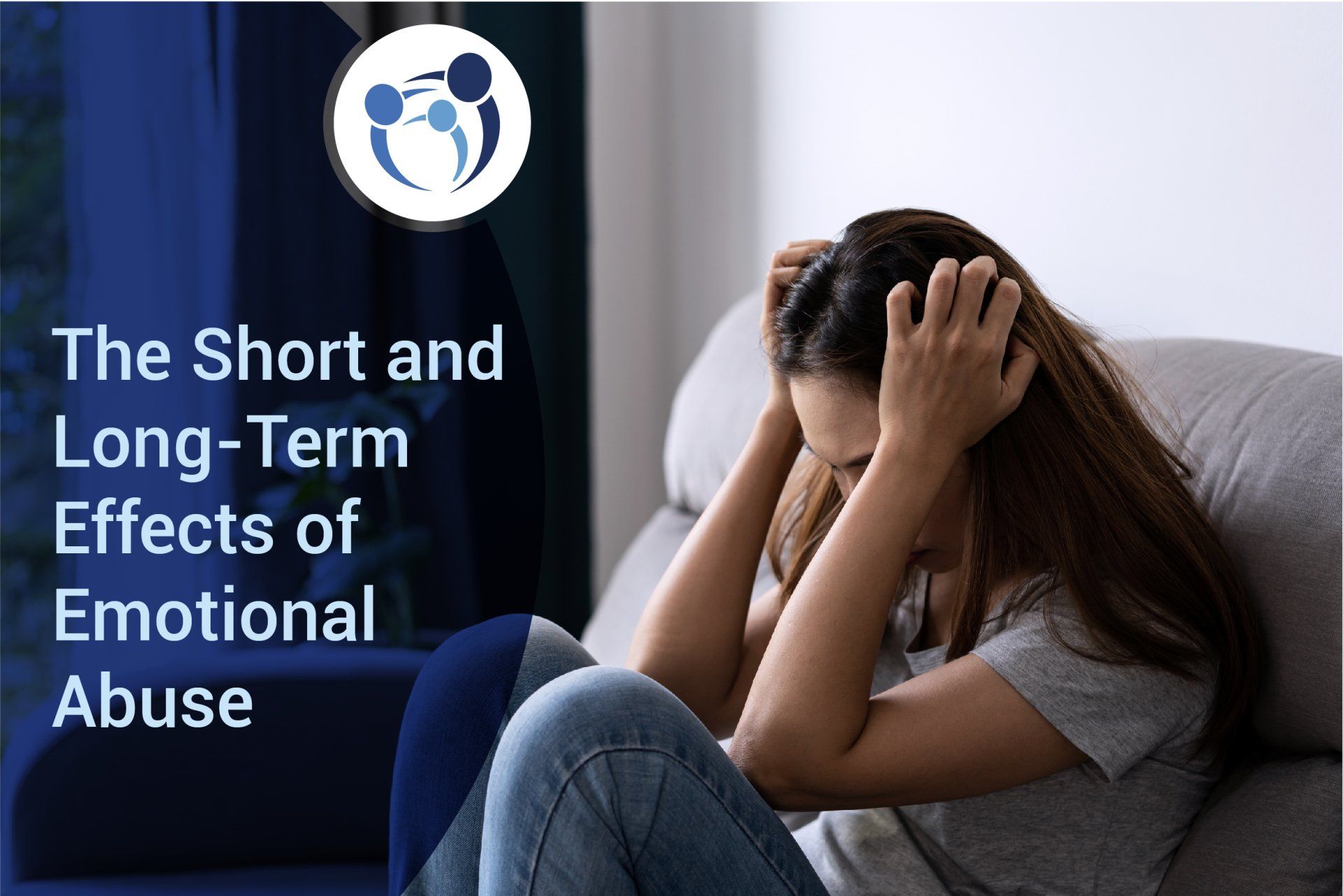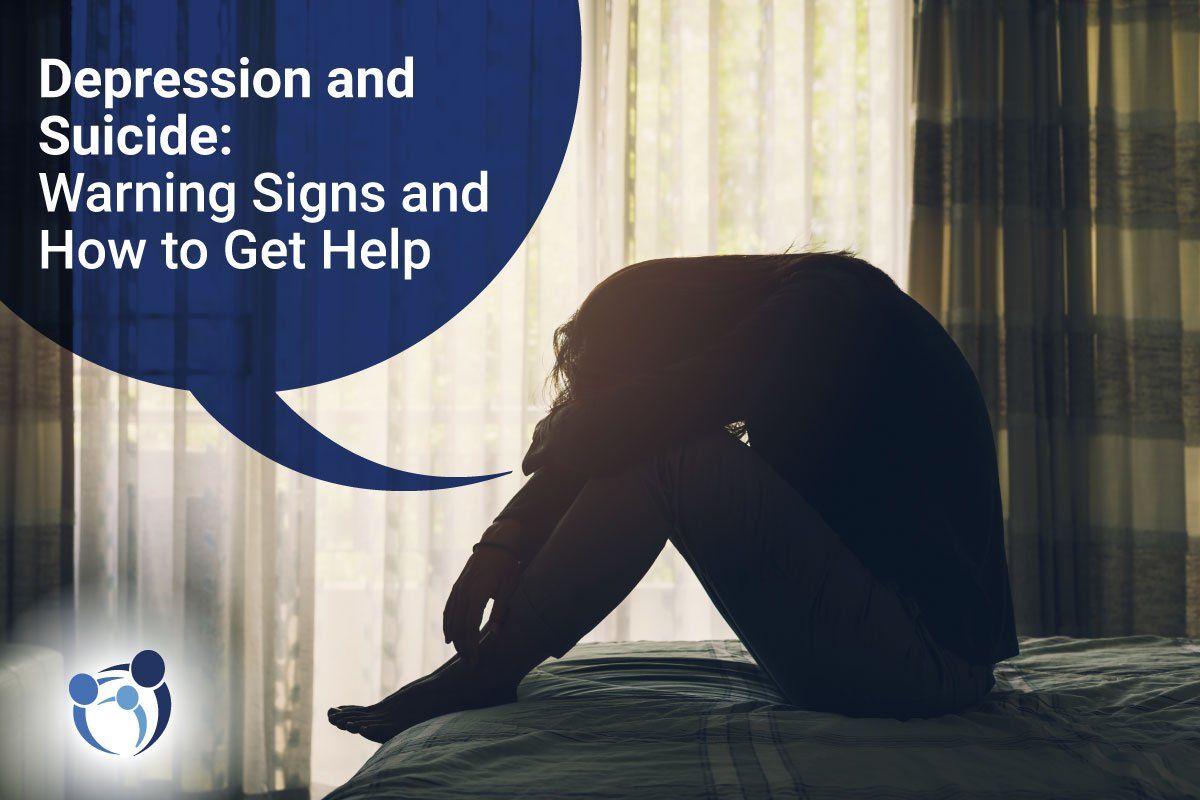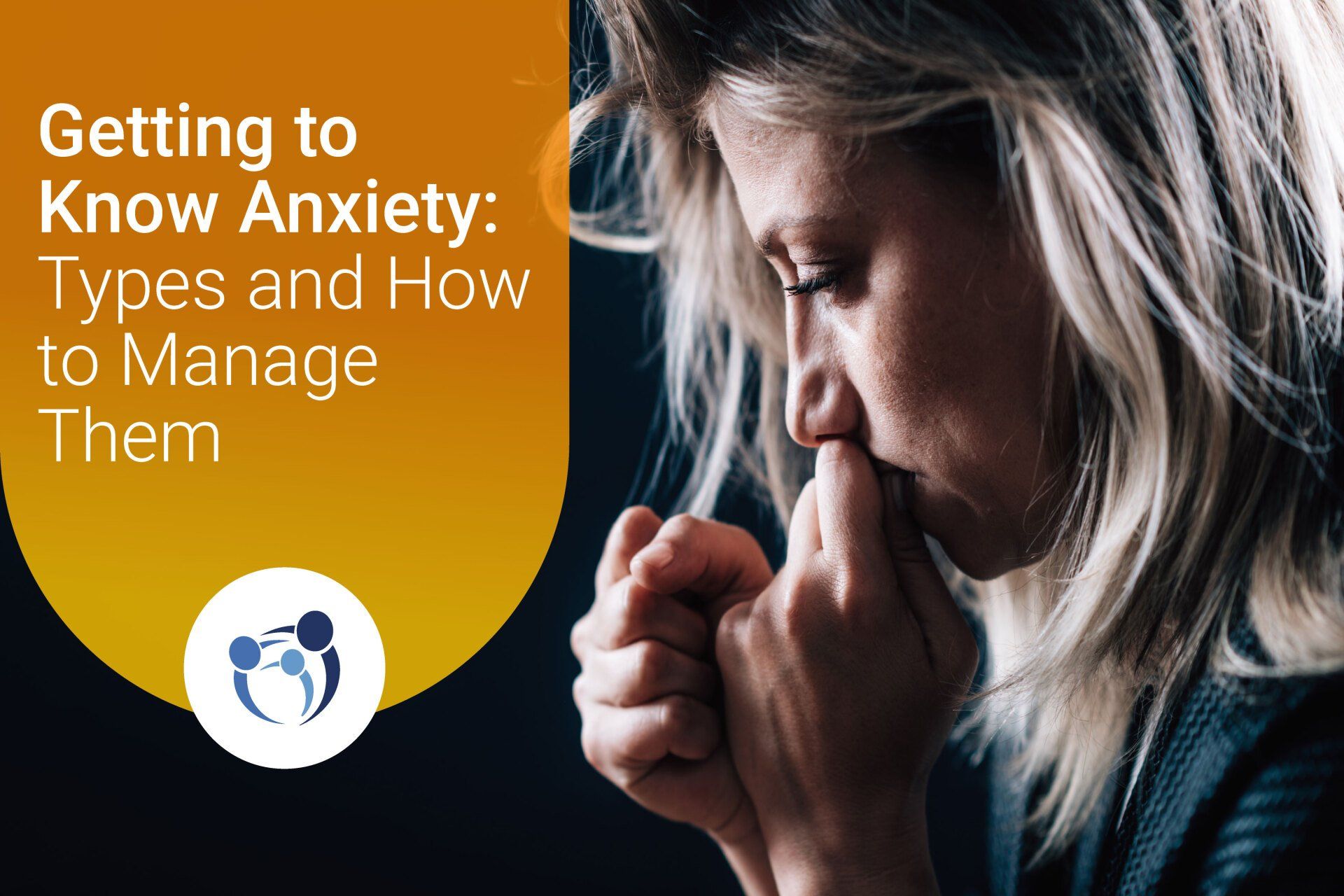People often miss the link between OCD and physical pain. After all, they are two different health conditions with different symptoms. But modern research reports that these two medical conditions correlate. Some physical pains are the result of having OCD. We'll highlight their connection in this article to shed a better light in the matter. We'll focus on the definition of each medical condition, and provide examples.
Obsessive-Compulsive-Disorder (OCD)
OCD or better known as Obsessive-Compulsive-Disorder is a form of mental condition. A person with OCD develops an obsession to perform compulsive, repetitive tasks. This type of behavioral disorder affects people of all ages, regardless of gender. The condition is also linked to anxiety.
Physical Pain
Physical pain is self-explanatory. Pain comes from different sources like disease, wounds, and the like.
How Obsession and Compulsion Creates Cause-and-effect in OCD and Physical Pain
Obsession in OCD relates to the intrusive thought patterns that cause distress. It may be in the form of unexpected memories, images, or negative experiences.
Compulsion is the behavior in which the person with OCD performs to get rid of the obsession. They believe that their distress level reduces by completing specific tasks.
It may sound simple at first, but complications follow if left unchecked.
Here's How:
Obsession: Contamination
Compulsion: Cleaning/disinfection
Here's an example: A person obsessed with contamination gets anxious around surfaces. They are under the impression that dirt or bacteria contaminate an object. They develop fear in touching doorknobs, drinking glasses, keyboards, and physical contact.
Their compulsive behavior is: Cleaning or disinfecting. These individuals wash their hands many times in a single day. They also apply alcohol or sanitizers every time.
OCD Physical Symptom: Allergic dermatitis. Washing too many times a day causes the skin tissue to dry. Soap and sanitizers reduce the skin's natural oil. The result is allergic dermatitis that also causes rashes and wounds. This example links OCD to physical pain.
Obsession: Perfectionism
Compulsion: Rearranging/Fixing Stuff
Here's an example: A person obsessed with perfection looks for order and organization. They concern themselves with exactness in every object they look at. Some of these individuals sometimes fear that something is always amiss.
Their compulsive behavior is: Rearranging stuff. They mix them all from small figurines to the entire living room furniture. These people never feel contentment even after several rearrangement attempts.
OCD Physical Symptom: Body pains and aches. Imagine exerting time and effort in moving small to large objects several times a day. Then imagine doing them without satisfaction. The results lead to body pains. The joints and muscles get beat big time.
OCD Causes
Research says that there are no known OCD causes to date. But, there are relevant theories, such as:
- Biology. OCD may result from changes in our body's natural chemistry, affecting brain functions.
- Genetic. Studies have shown that OCD may be a genetic component. But, more information needs confirmation.
OCD Treatment
The method of treatment for OCD depends on the severity of the condition. It is best to consult a doctor or a psychiatrist for diagnosis. The initial diagnosis may include:
- Physical Exam
- Blood Test
- Psychological Test and Evaluation
The International OCD Foundation recommended two types of treatments with successful results. These are:
- CBT or Cognitive Behavior Therapy. One type of CBT is effective in treating OCD. It is exposure therapy. The technique involves exposing the patients to their triggers. A professional mental health worker accompanies them to help respond to the stimuli.
- Medication. Doctors prescribe medicines to help increase serotonin levels. These drugs have proven efficacy in treating OCD patients.
Physical Pain Treatment Related to OCD
Doctors also provide all the necessary steps to deal with physical pain linked with OCD. The method includes prescription drugs, physical therapy, exercises, and diet.
- Recommendations include:
- Medication (painkillers)
- Exercises
- Physical therapy
- Change of diet
Tips on Managing OCD Symptoms
- Understanding Unexpected Thoughts. Random thoughts may pop up at any given time. Take these events as normal. After all, they are part of the process.
- Acceptance. Learn to accept that slip-ups happen all the time. Even if you missed a specific step in the treatment process, know that it's ok.
- Independence. Managing your symptoms with the help of other people is ok. But those people will not always be by your side. Try to handle your condition by yourself as best as you can.
- Negative thoughts. Sometimes, when we try not to think of negative thoughts, the opposite effect happens. If we get caught in this line of thinking, more intrusive thoughts may rush in.
- Face your fears. Anxiety is overthinking typical situations, turning them into fearful ones. A therapist can help you achieve this.
- Discipline over motivation. Relying on motivation has its drawbacks. What happens if you're not motivated on a given day? Chances are, you will miss the assignments from your therapist. Rely on discipline instead.
A Center for Mental Wellness is Here for You
If you're living with OCD, know that ACFMW cares. Keep in mind that we're in this together. We understand that every individual has their own particular needs. Our goal is to provide the proper treatment for different kinds of experiences.
Our mental therapists are here for you every step of the way. We specialize in behavioral therapy, group therapy, marriage, and grief counseling. ACFMW offers the best mental health services. We're to help you live life to the fullest. Call now and be a part of the ACFMW family.

